Need a trading lead
Textiles and footwear are two industries that are always in the top of the industries with the largest export turnover in the country, however, the added value of the industry is considered not high.
The reason, according to experts, is that the industry has not been proactive in its raw material sources, leading to dependence on imported raw materials and has not taken full advantage of incentives from free trade agreements.
Faced with that reality, the need to develop domestic raw materials is increasingly urgent. And, the shortest way to achieve the goal and simultaneously develop the domestic raw materials market is to form a center for innovation, research - development and trading of raw materials serving the fashion industry.
Ms. Phan Thi Thanh Xuan, Vice President and General Secretary of the Vietnam Leather, Footwear and Handbag Association. Photo: VGP/Nhat Bac
Regarding the footwear industry, Ms. Phan Thi Thanh Xuan, Vice President and General Secretary of the Vietnam Leather, Footwear and Handbag Association, said that Vietnam imports raw materials mostly from "big guys" such as China, Taiwan (China), Korea... In addition, there is also Europe, but these are high-end markets, mainly serving the above segment, with small quantities.
To solve the "problem" of lack of raw materials for production, the leather and footwear industry can take two directions, including: Calling for investment, developing domestic raw material production and diversifying raw material supply sources.
In particular, diversifying the supply of raw materials is being considered as a "circumstantial" solution, while the more sustainable solution of developing domestic supply sources has not really been effective.
“Establishing a center for innovation, research and development and trading of raw materials for the fashion industry is one of the solutions to help diversify the import market, while also focusing on improving research and development skills, innovation and creating a true raw materials market in Vietnam,” said Ms. Xuan.
She also believes that if there is no "market" for all sources of supply to gather and introduce products, domestic producers and consumers will not have a source of access.
Another problem is that Vietnam is weak and lacking in raw material production. Establishing a "market" will attract supplies from all over the world . This is also a good way for the industry to diversify its input materials.
Regarding the textile industry, according to Mr. Truong Van Cam, Vice President of the Vietnam Textile and Apparel Association, every year, the textile industry imports about 24-25 billion USD, of which about 60% is fabric, 11% is yarn, 11.6% is cotton and 17.5% is accessories...
The textile industry imports raw materials mainly from: China 56.7%, Korea 8.8%, Taiwan 7.5%, America 4.3%, Brazil 4.1%, Hong Kong 3.6%, Thailand, Australia, India, Italy...
To increase the added value of the industry and avoid risks, diversifying the supply of raw materials is essential. “As for exports, the industry also has a policy of diversifying import markets, products and customers,” said Mr. Cam.
Multi-faceted collaboration
Establishing a raw material trading center is an idea proposed by Associations and domestic authorities, of which the Ministry of Industry and Trade pays special attention. Previously, at the Trade Promotion Conference with the Vietnamese Trade Office System Abroad in August 2024 with the theme "Discussion on the Project to establish an international trade center and develop raw materials and accessories for the fashion industry. The role of Vietnamese trade offices abroad", speakers all emphasized the importance of establishing this center.
Lack of raw materials is the bottleneck of the fashion industry.
Building the center is in line with the orientation of developing the supply of raw materials and accessories for the textile and footwear industry in Decision No. 1643/QD-TTg dated December 29, 2022 of the Prime Minister approving the Strategy for the development of the Vietnamese textile and footwear industry to 2030 with a vision to 2035 and Resolution No. 115/NQ-CP dated August 6, 2020 of the Government on solutions to promote the development of supporting industries.
It can be seen that establishing a raw material trading center is necessary in the context of increasingly fierce competition in the fashion industry. However, Ms. Xuan said that this model is still new in Vietnam but many countries in the world have successfully implemented it.
"We hope that through the network of trade offices and Vietnamese diplomatic representative agencies abroad, they will support us in sharing experiences and effective operating models for us to learn and apply," Ms. Xuan expressed.
Ms. Xuan also expressed her hope to receive support from businesses in connecting international models and from the State in perfecting policies. In particular, she recommended that relevant ministries and branches study and develop a comprehensive project with specific support mechanisms and policies. This will both motivate the center to operate effectively and attract the participation of many industries, contributing to the formation of a domestic supply chain and increasing the initiative of the Vietnamese fashion industry.
Mr. Truong Van Cam agreed with the above proposals, and informed that many Vietnamese textile and garment enterprises currently have the potential to invest abroad to form global corporations, especially investing in countries with cheap labor resources such as Bangladesh, India, etc.
Therefore, he recommended that representative agencies abroad grasp and provide information on the investment environment, investment attraction policies and warn of risks so that businesses have the conditions to research and invest.
In addition, to sustainably develop the domestic supply of raw materials, Mr. Cam emphasized, there still needs to be strong enough incentive policies to build specialized industrial parks. In addition, training high-quality human resources with high skills and the ability to use modern technological equipment. "If there is no human resource that meets the requirements, even if businesses invest in equipment and transfer technology, it will not solve the problem," Mr. Cam emphasized.
Source: https://moit.gov.vn/tin-tuc/xuc-tien-thuong-mai/thanh-lap-trung-tam-giao-dich-mo-thi-truong-noi-dia-cho-nguyen-phu-lieu-nganh-thoi-trang.html



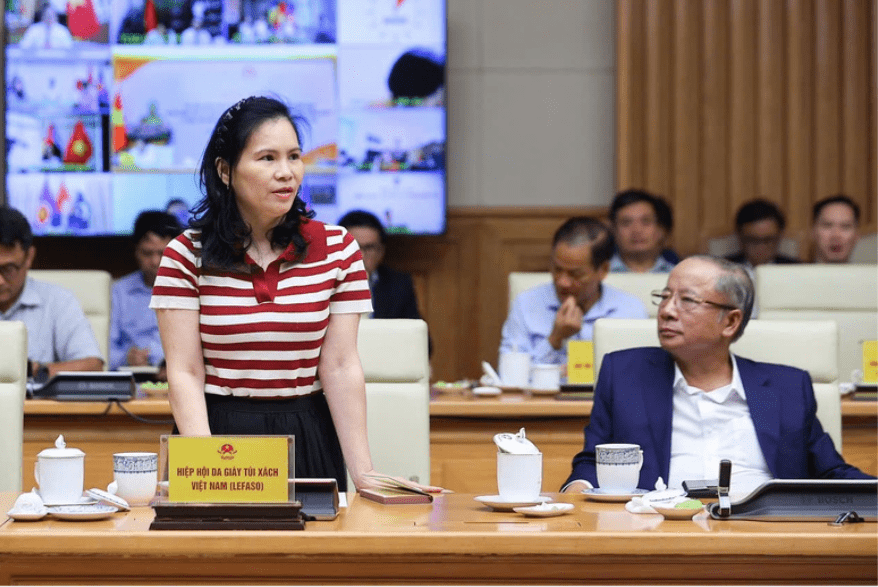
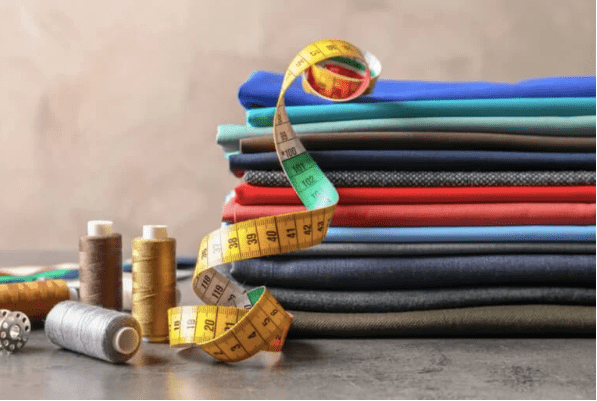


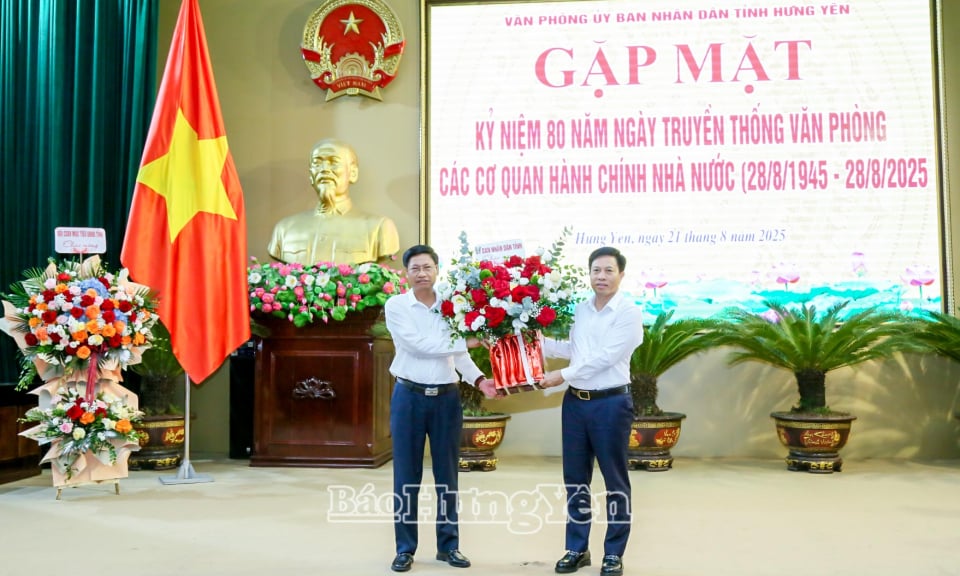


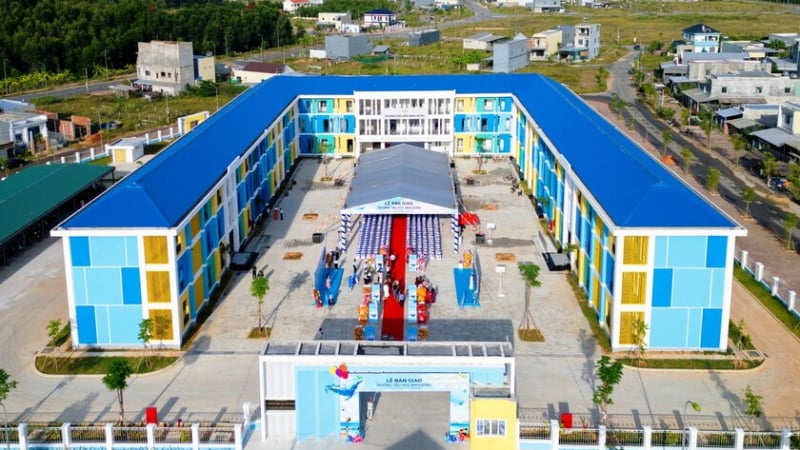

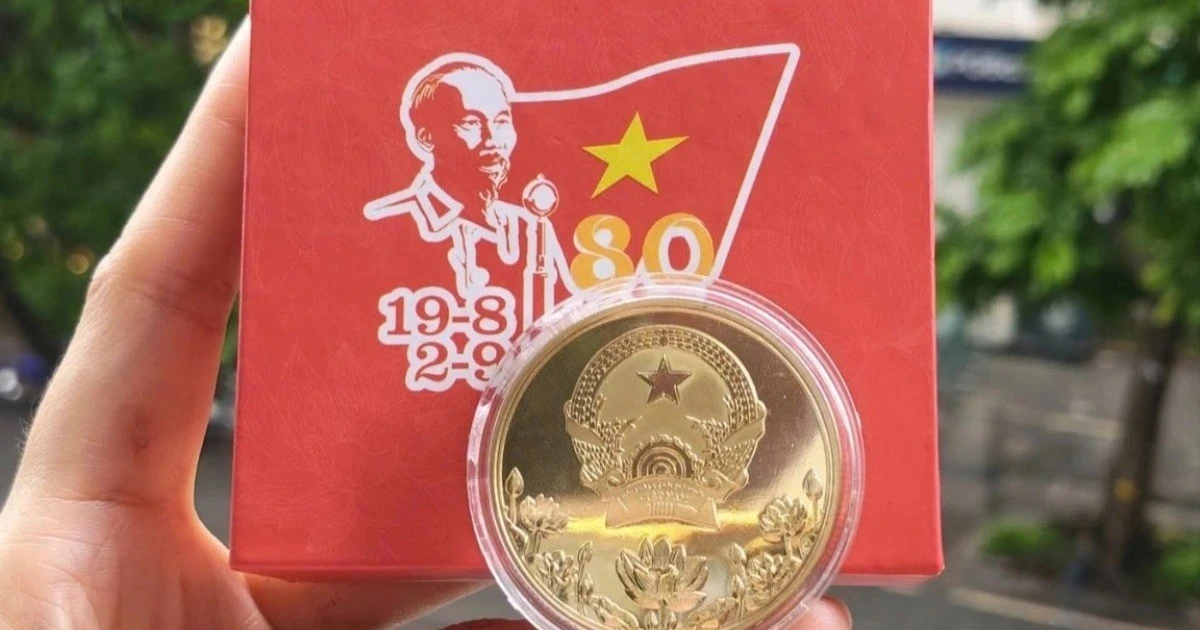

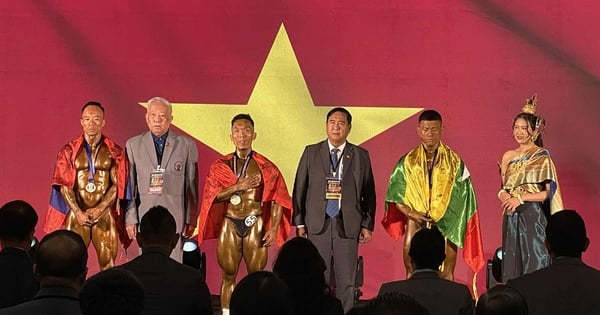










![[Photo] An Phu intersection project connecting Ho Chi Minh City-Long Thanh-Dau Giay expressway behind schedule](https://vstatic.vietnam.vn/vietnam/resource/IMAGE/2025/8/21/1ad80e9dd8944150bb72e6c49ecc7e08)




![[Photo] Prime Minister Pham Minh Chinh receives Australian Foreign Minister Penny Wong](https://vstatic.vietnam.vn/vietnam/resource/IMAGE/2025/8/20/f5d413a946444bd2be288d6b700afc33)
![[Photo] Politburo works with Standing Committees of Lang Son and Bac Ninh Provincial Party Committees](https://vstatic.vietnam.vn/vietnam/resource/IMAGE/2025/8/20/0666629afb39421d8e1bd8922a0537e6)
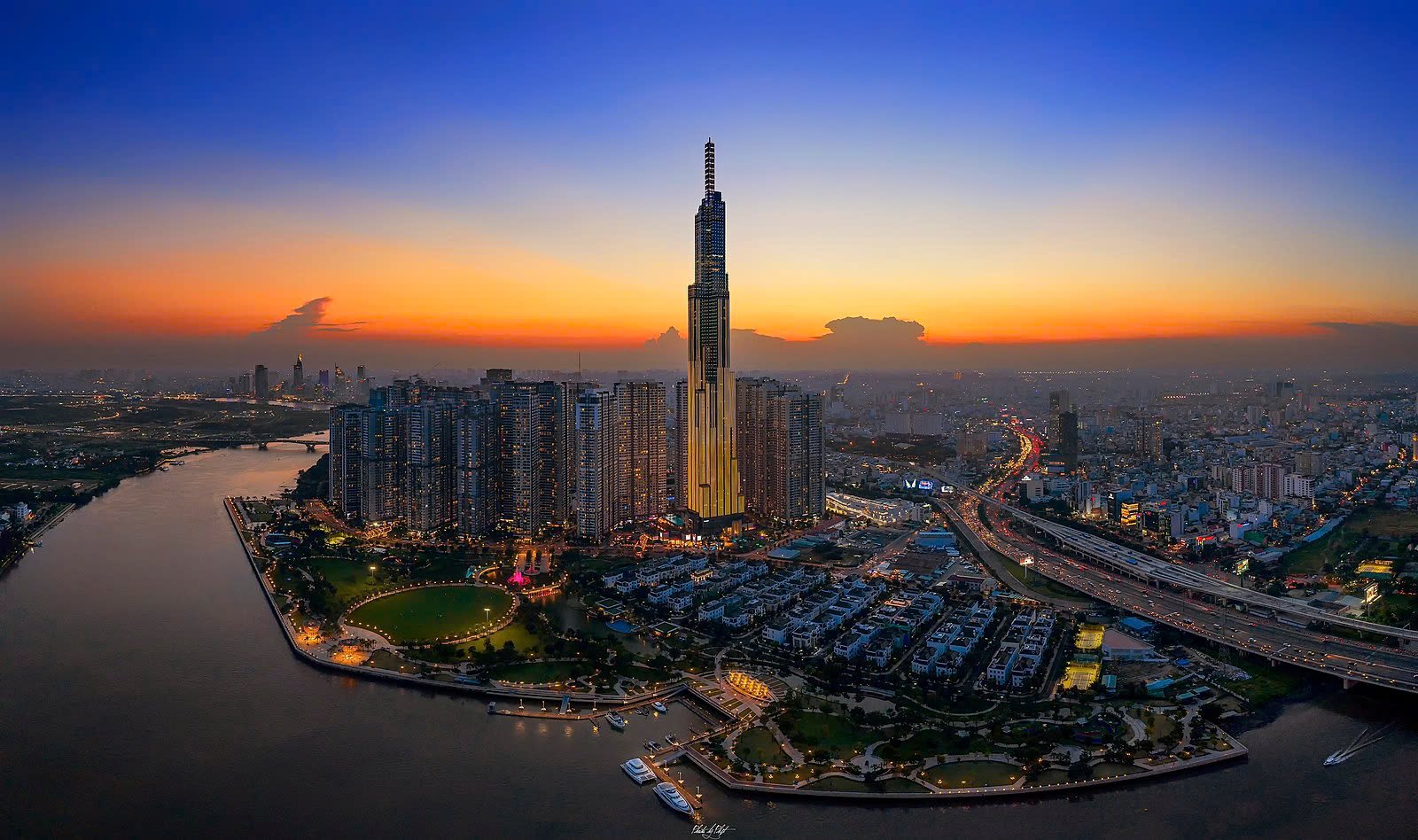
































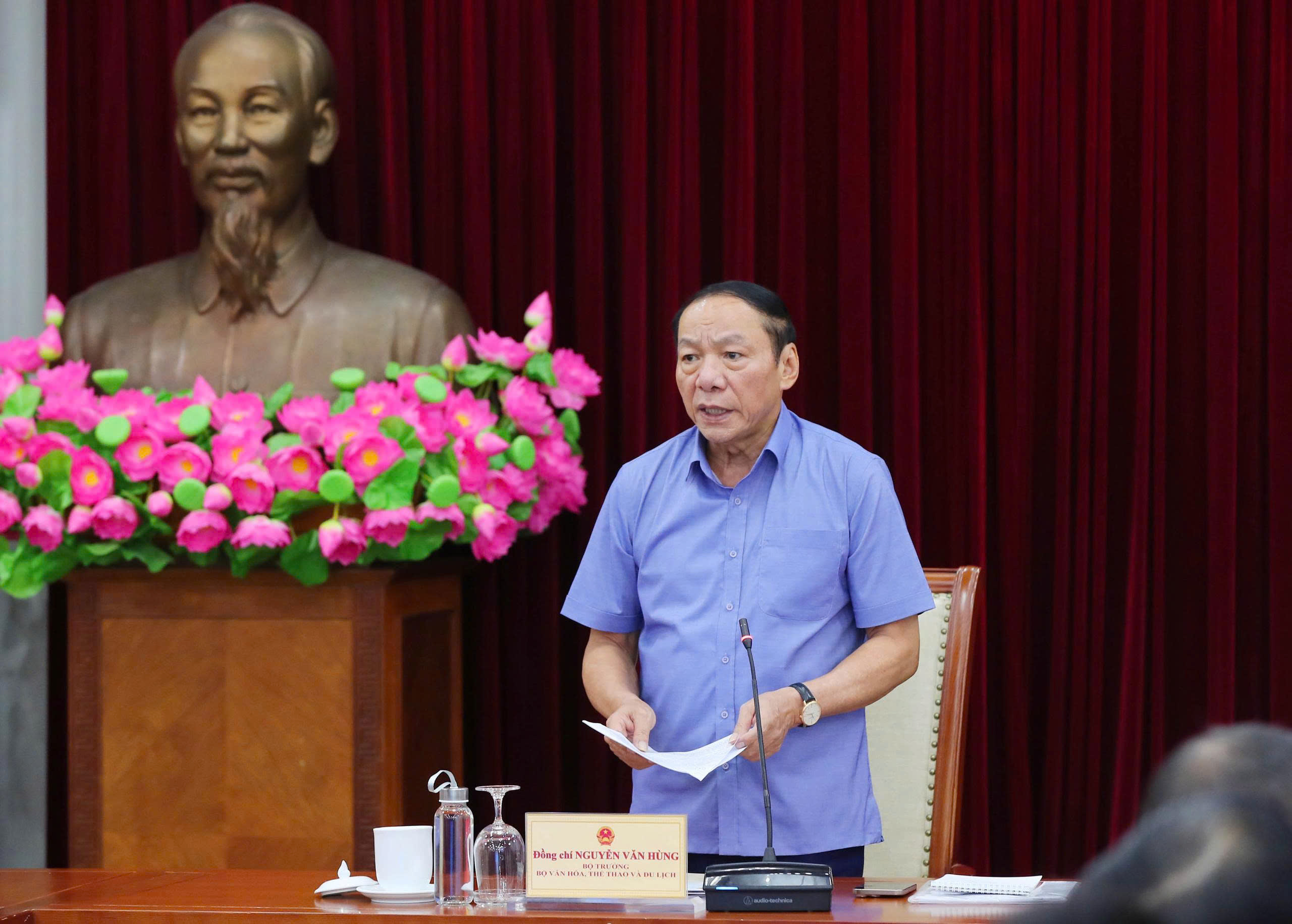



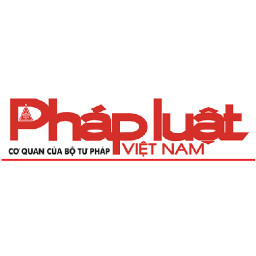







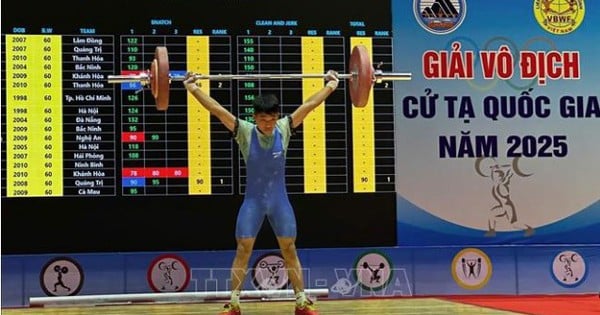






















Comment (0)